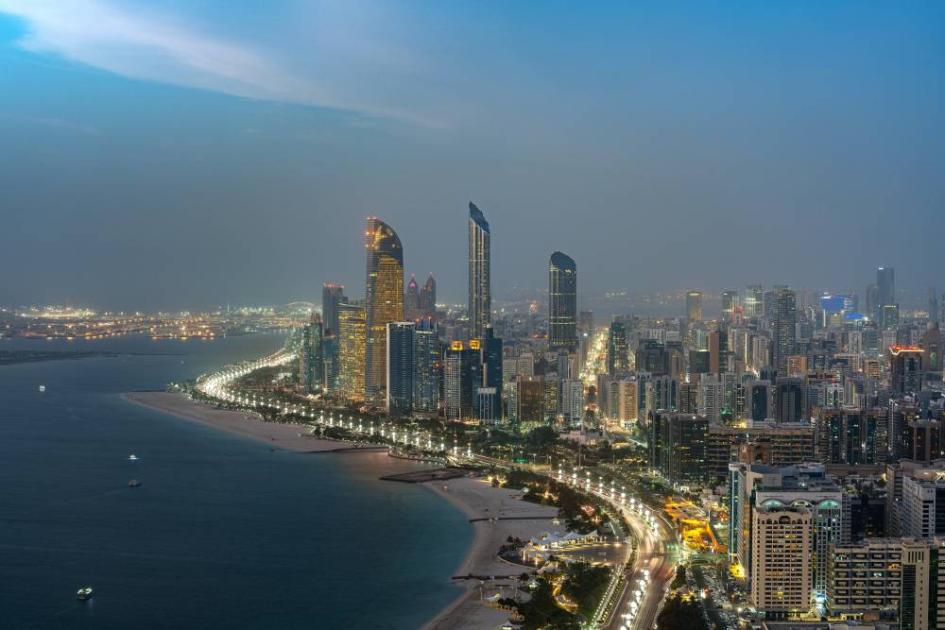
Dolphin Wins Elections in Panama: The Next President’s Challenging Journey Ahead
On Sunday, Panamanians went to the polls to elect various officials for the period 2024-2029. More than three million voters were called to vote for a president, deputies to the National Assembly, mayors and other officials. Four presidential candidates were seen as having a chance of victory including José Raúl Mulino, Ricardo Lombana, Rómulo Roux and former president Martín Torrijos.
The official count was led by Mulino’s dolphin with over 34 percent of the votes. The closure of polling stations and the start of the Unofficial Transmission of Results (TER) process took place in the afternoon. Despite some irregularities reported such as attempts to take photographs of votes, the election process was described as within reasonableness and normality.
Panama’s economy is expected to slow down this year due to various factors including a drought affecting the canal and environmental protests. The country’s economy grew 7.3% in 2023 but is expected to slow down to 2.5% this year due to these factors.
The next president of Panama will face a complex fiscal and economic situation with a high level of public debt and social security system challenges. The country continues to struggle with high levels of inequality, with two distinct realities coexisting within its borders. The electoral outcome will be crucial in addressing these issues and setting the country on a path towards economic growth and social progress. Despite the challenges ahead, Panamanians showed enthusiasm and participation in the electoral process, with supporters of various parties expressing their views and engaging in spirited debates.

